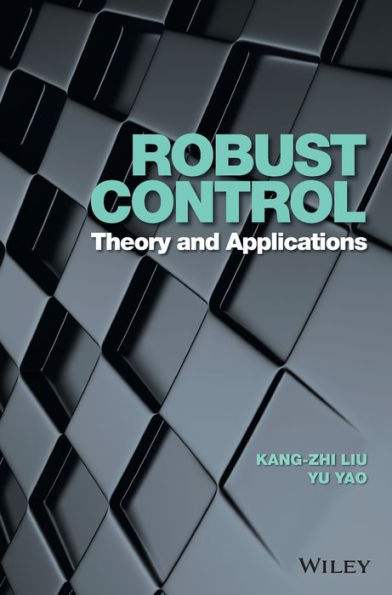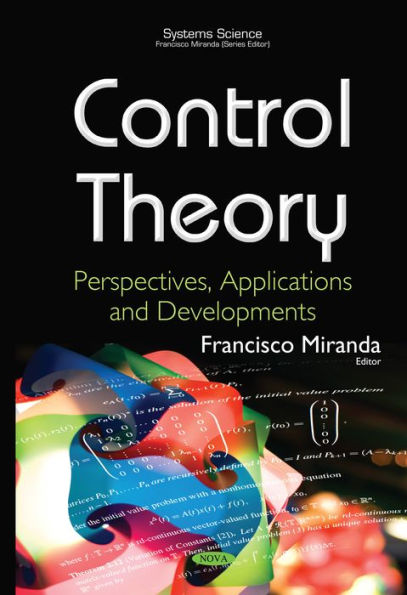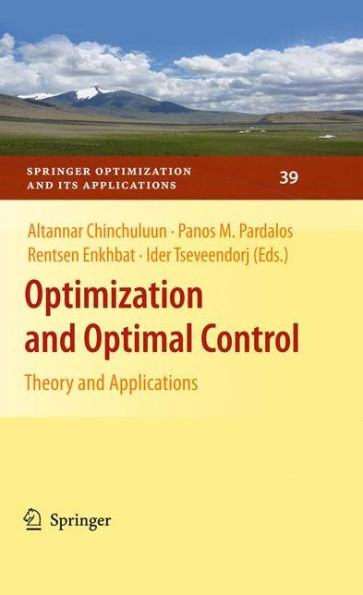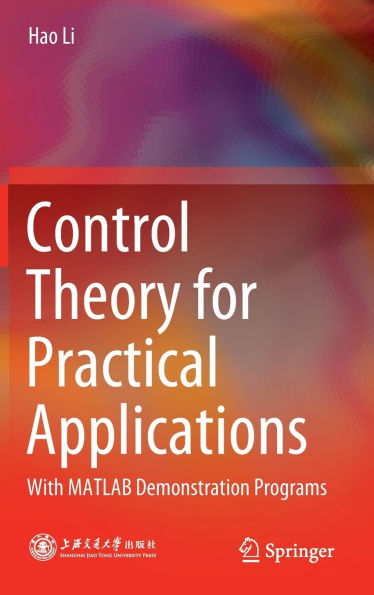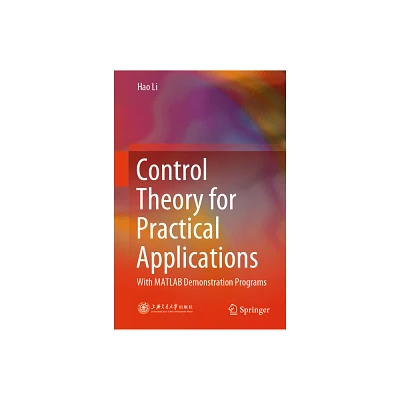Home
Time-Inconsistent Control Theory with Finance Applications
Loading Inventory...
Barnes and Noble
Time-Inconsistent Control Theory with Finance Applications
Current price: $139.99
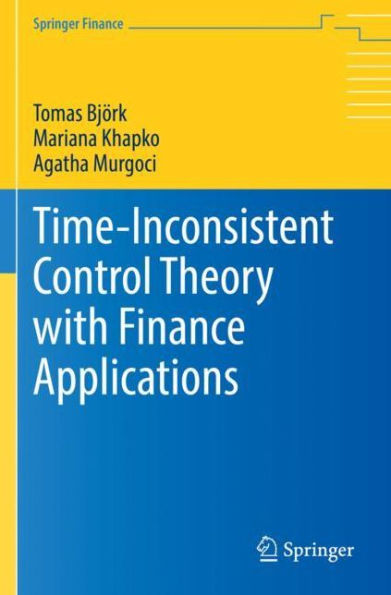

Barnes and Noble
Time-Inconsistent Control Theory with Finance Applications
Current price: $139.99
Loading Inventory...
Size: Hardcover
*Product Information may vary - to confirm product availability, pricing, and additional information please contact Barnes and Noble
This book is devoted to problems of shastic control and stopping that are time inconsistent in the sense that they do not admit a Bellman optimality principle. These problems are cast in a game-theoretic framework, with the focus on subgame-perfect Nash equilibrium strategies. The general theory is illustrated with a number of finance applications.
In dynamic choice problems, time inconsistency is the rule rather than the exception. Indeed, as Robert H. Strotz pointed out in his seminal 1955 paper, relaxing the widely used ad hoc assumption of exponential discounting gives rise to time inconsistency. Other famous examples of time inconsistency include mean-variance portfolio choice and prospect theory in a dynamic context. For such models, the very concept of optimality becomes problematic, as the decision maker’s preferences change over time in a temporally inconsistent way. In this book, a time-inconsistent problem is viewed as a non-cooperative game between the agent’s currentand future selves, with the objective of finding intrapersonal equilibria in the game-theoretic sense. A range of finance applications are provided, including problems with non-exponential discounting, mean-variance objective, time-inconsistent linear quadratic regulator, probability distortion, and market equilibrium with time-inconsistent preferences.
Time-Inconsistent Control Theory with Finance Applications
offers the first comprehensive treatment of time-inconsistent control and stopping problems, in both continuous and discrete time, and in the context of finance applications. Intended for researchers and graduate students in the fields of finance and economics, it includes a review of the standard time-consistent results, bibliographical notes, as well as detailed examples showcasing time inconsistency problems. For the reader unacquainted with standard arbitrage theory, an appendix provides a toolbox of material needed for the book.
In dynamic choice problems, time inconsistency is the rule rather than the exception. Indeed, as Robert H. Strotz pointed out in his seminal 1955 paper, relaxing the widely used ad hoc assumption of exponential discounting gives rise to time inconsistency. Other famous examples of time inconsistency include mean-variance portfolio choice and prospect theory in a dynamic context. For such models, the very concept of optimality becomes problematic, as the decision maker’s preferences change over time in a temporally inconsistent way. In this book, a time-inconsistent problem is viewed as a non-cooperative game between the agent’s currentand future selves, with the objective of finding intrapersonal equilibria in the game-theoretic sense. A range of finance applications are provided, including problems with non-exponential discounting, mean-variance objective, time-inconsistent linear quadratic regulator, probability distortion, and market equilibrium with time-inconsistent preferences.
Time-Inconsistent Control Theory with Finance Applications
offers the first comprehensive treatment of time-inconsistent control and stopping problems, in both continuous and discrete time, and in the context of finance applications. Intended for researchers and graduate students in the fields of finance and economics, it includes a review of the standard time-consistent results, bibliographical notes, as well as detailed examples showcasing time inconsistency problems. For the reader unacquainted with standard arbitrage theory, an appendix provides a toolbox of material needed for the book.

